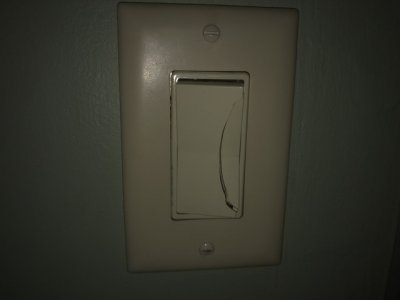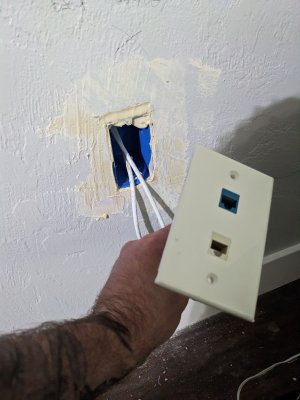Zen_seeker
POTM Winner 🏆
- Joined
- Apr 16, 2023
- Messages
- 5,029
- Reaction score
- 19,990
#12 fits…tight. I used it as I got deals at work. Bitch to remove sometimes. Don’t use the screws but can see that being a problem.You gotta watch using the larger #12 on 15amp receptacles....Thet don't fit the quick wire and they're too big to wrap around the screw properly, They are stiffer wires and there's less room in your junction boxes when you splice them. I never wired homes with #12 unless there was a specific need for 20 amp circuits....heating/ air conditioning, garage welders ect......I've been away some 20+ years now things may have changed.....I'm up North too we got some different rules on stuff
Got to post a pic of an issue I’m having with breaking light switches.







